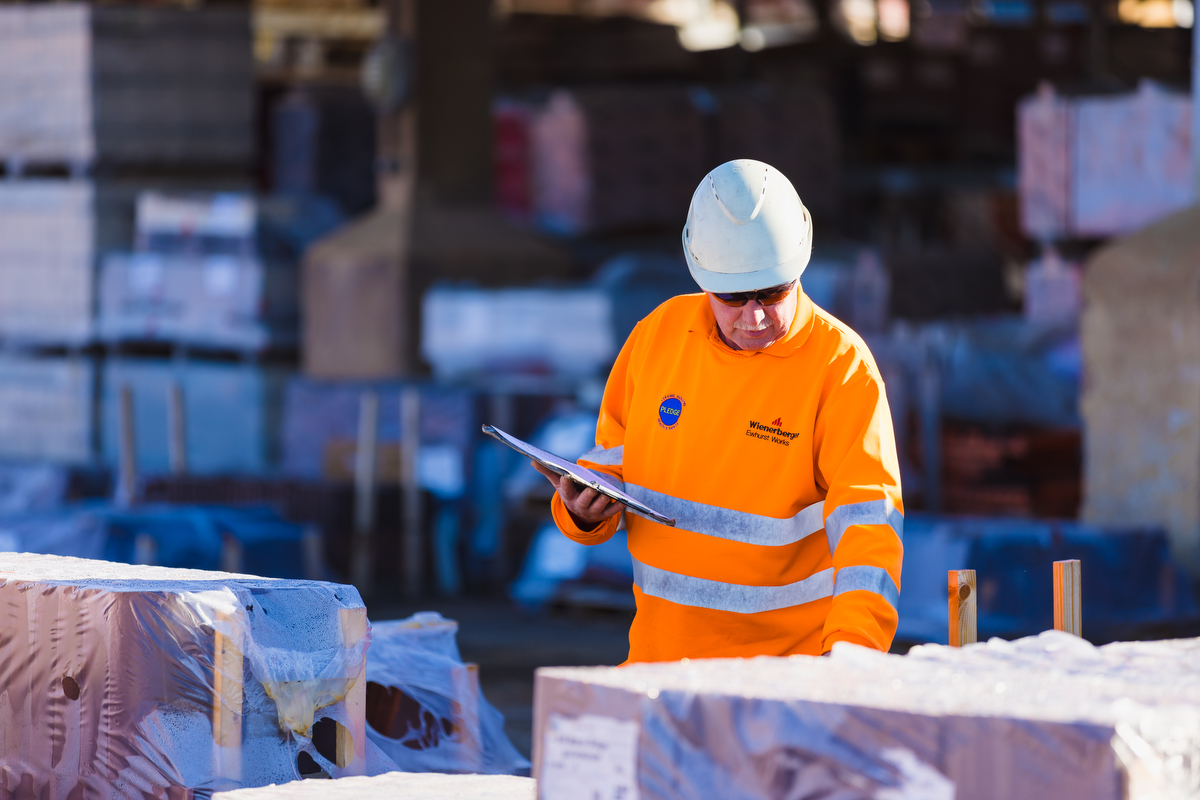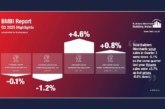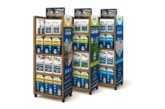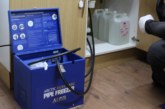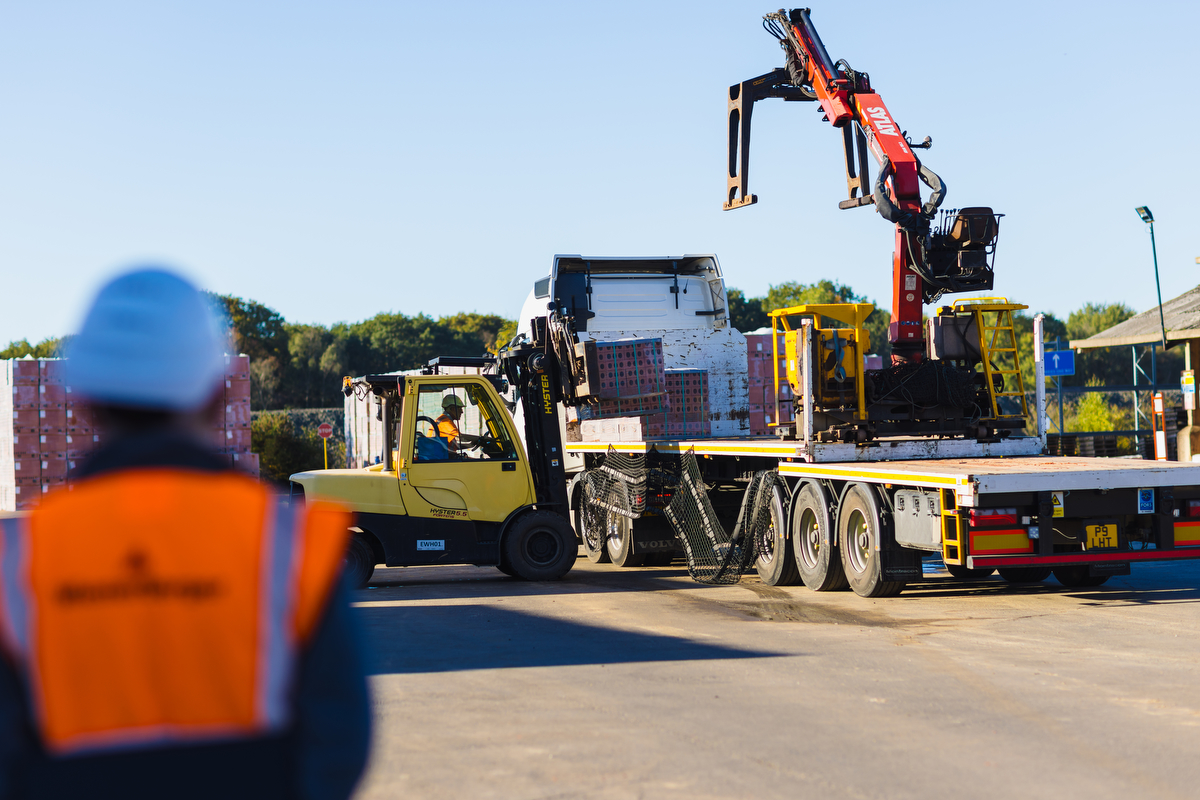
In a construction industry increasingly defined by regulatory scrutiny, environmental responsibility and safety demands, product transparency is no longer optional. Paul Instrell, Chief Commercial Officer at Wienerberger UK explains more…
The industry is undergoing a profound shift. New regulations, such as the Building Safety Act, are enforcing greater accountability, with the introduction of the ‘golden thread’ framework placing more value on traceability, sustainability, and responsible sourcing. In this context, transparency around the materials and products used in construction becomes essential.
Product transparency refers to the availability of verifiable, consistent information about the characteristics, performance and sourcing of construction products. This includes everything from fire resistance and thermal performance to embodied carbon and recyclability.
When this information is clear and standardised, it allows specifiers, contractors and builders to make informed choices that align with safety standards, environmental goals, and operational requirements.
However, the construction industry has often been hampered by inconsistencies in how product information is shared and presented. It’s not uncommon for key data to be hidden or lost in complex specification documents.
This lack of clarity can lead to errors, delays, and safety risks, particularly when products are substituted or misused on-site.
“The construction industry has often been hampered by inconsistencies in how product information is shared and presented. It’s not uncommon for key data to be hidden or lost in complex specification documents.”
Practical action
Embracing transparency will lead to improved outcomes across the board. When all parties in the construction process — from architects, suppliers, merchants and building operators — have access to the same trusted data, it becomes easier to collaborate, spot issues early and ensure compliance with evolving regulations.
It also creates the conditions for innovation, allowing new materials and construction methods to be adopted with greater confidence.
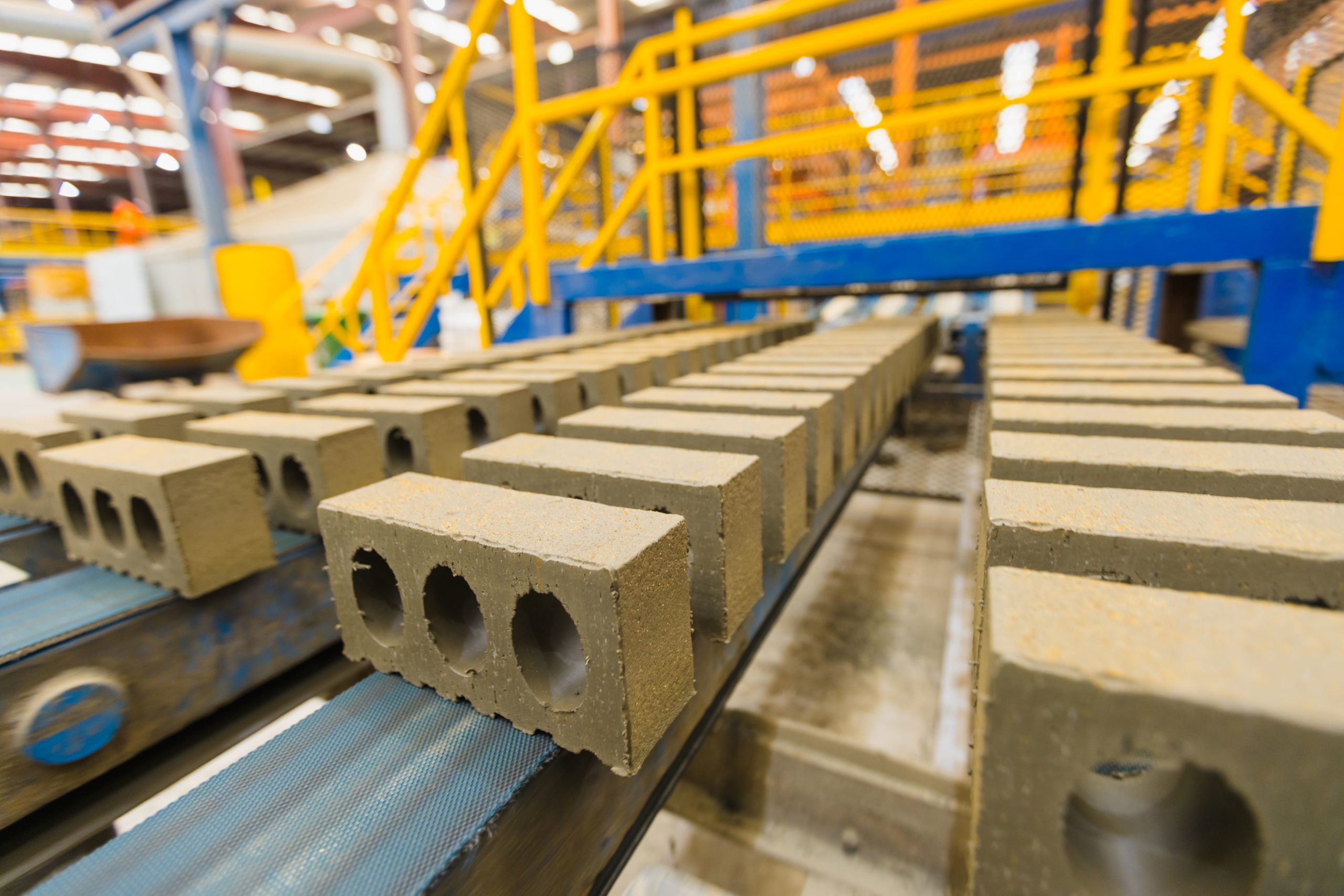
One initiative helping to drive greater transparency in the UK is the Code for Construction Product Information (CCPI). Developed in response to concerns raised after the Grenfell Tower tragedy, the CCPI provides a framework for manufacturers to ensure their product information is accurate, clear, up to date, and unambiguous. It aims to improve trust in the construction supply chain by setting a consistent standard for how product data is created and shared.
While adoption is still growing, some manufacturers are already leading the way. At Wienerberger, for example, we have achieved CCPI verification on our UK manufactured brick and paver products. This approach sends a clear message: that the information provided can be trusted, that performance claims are backed up by evidence, and that the company is serious about safety and compliance.
As regulatory demands tighten and industry expectations evolve, the role of the CCPI is likely to grow. Its principles align closely with emerging building safety legislation and the increasing need for traceable, verifiable product data.
Over time, CCPI compliance may become a baseline expectation across procurement and specification, influencing not just manufacturers but the entire construction value chain.
A safe, sustainable future
Transparency also plays a central role in sustainability. As pressure mounts to reduce carbon emissions and transition to a circular economy, knowing the environmental impact of materials becomes crucial.
Claims about recyclability, embodied carbon, or resource efficiency need to be supported by reliable data.
Product transparency supports sustainability by allowing specifiers to compare options on more than just cost or appearance. They can assess which materials are responsibly sourced, which contribute to better building performance, and which align with environmental certifications.
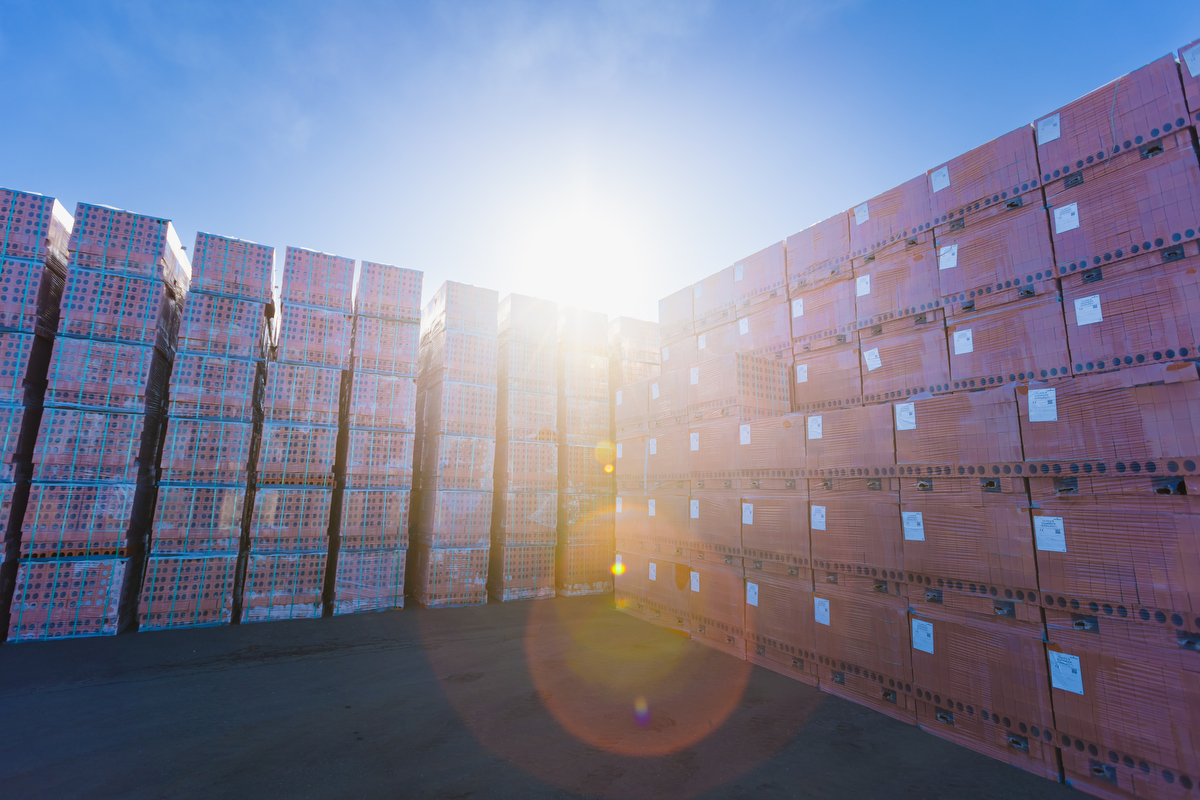
A shift here to stay
There’s a shift taking place in construction. This shift is not driven solely by policy, but by people across the supply chain who recognise that poor information leads to poor outcomes — designers need to be confident in what they specify; contractors need to know that what’s delivered matches the plan; building owners and facilities managers need access to data that helps them maintain and operate safely.
Product transparency is not a trend. It’s the only step forward. And while the journey may still be underway, the direction is clear. Those in the construction sector who embrace this shift will be better equipped to meet the demands of the future, whether in terms of safety, compliance, sustainability, or trust.
The time to act is now for the collective good of the built environment.
Click or tap the link for more information on the products and services available from Wienerberger.
